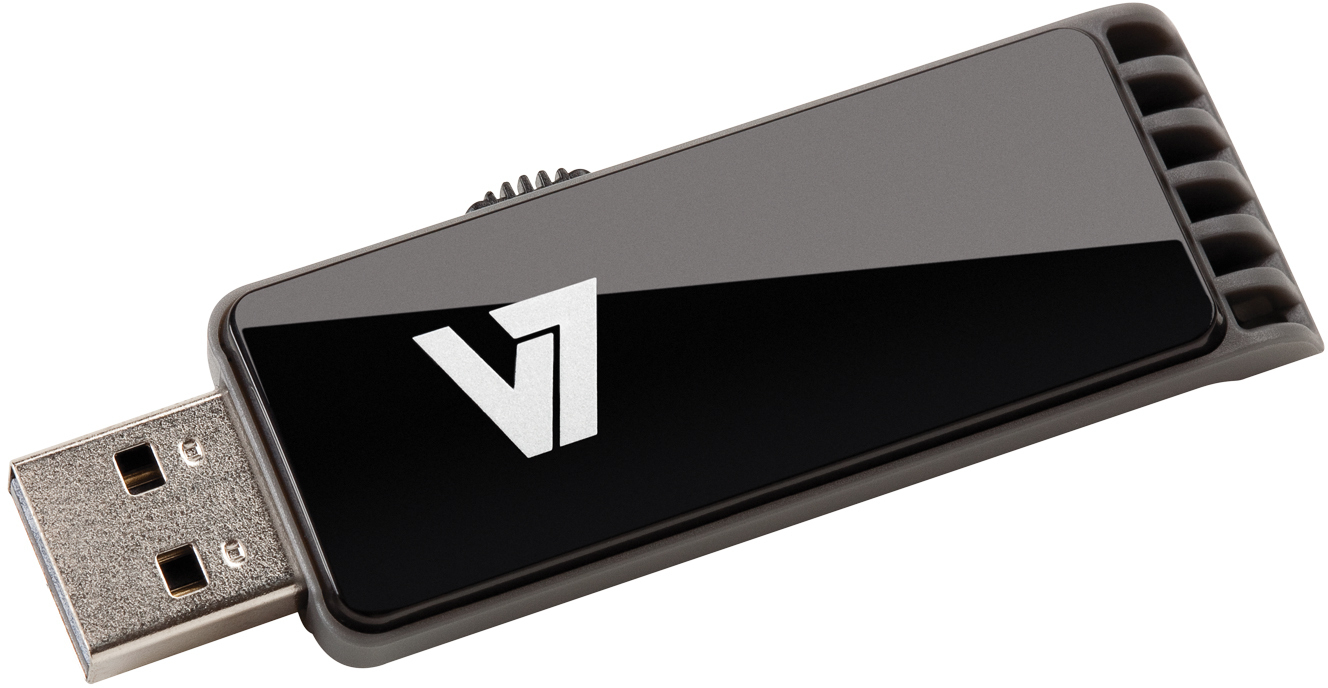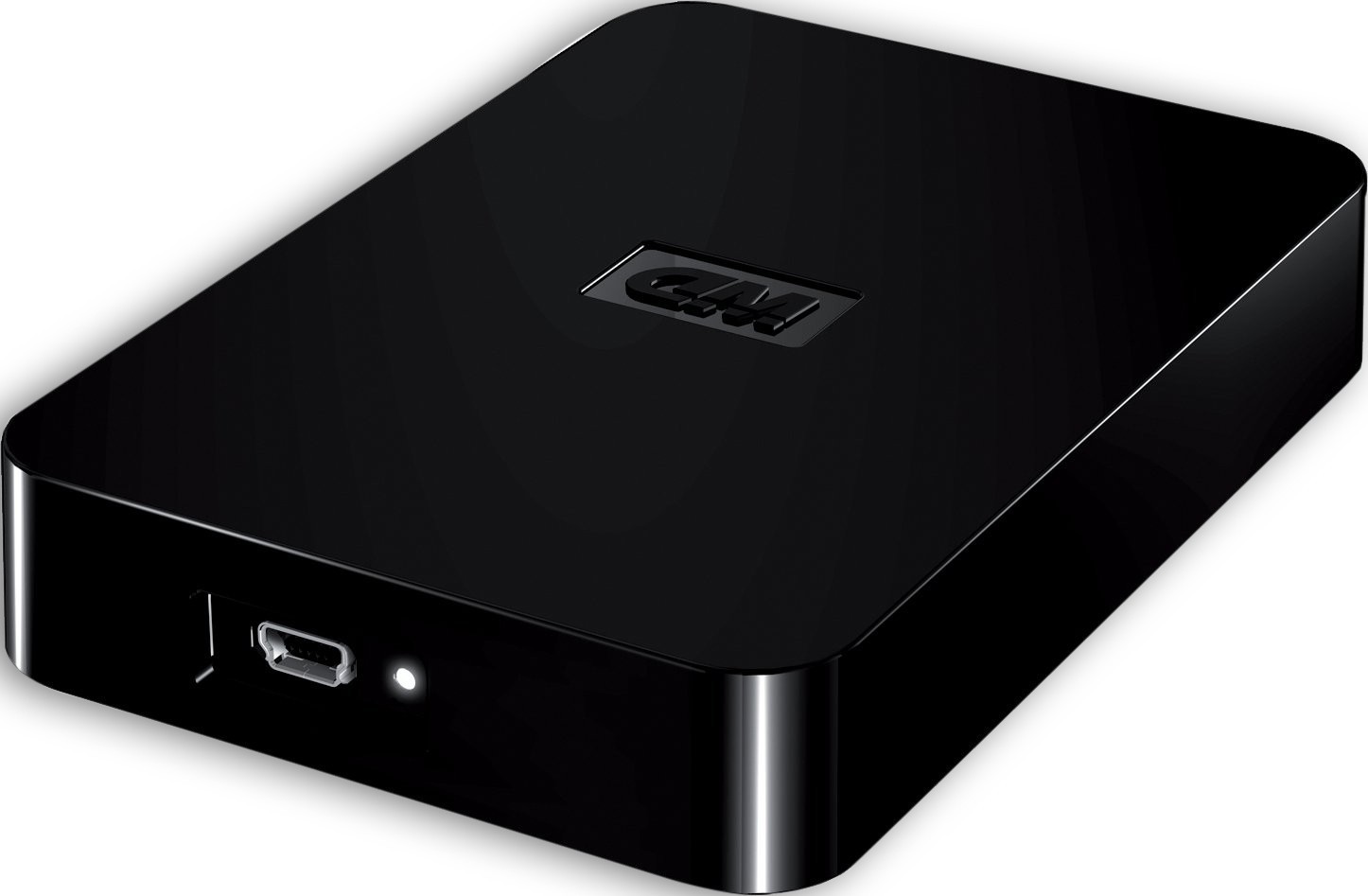-
-
products
-
resources
-
support
-
company
-
What are the options for backing up my important files?
By Davide De Vellis May 09, 2013back up, backup, mac, windowsNo CommentsSo, you’re ready to back up the data on your computer, but what’s the best method?
If you read my last article, you will have learned that no one is immune from the perils of data loss. More importantly, I hope you will have learned that no matter how informed or tech savvy you are, it doesn’t mean you follow the rules of keeping your data safe. All that being said, you’re now ready to be a diligent techie and start backing up your data -– but what’s the best method? Well, let’s take a look at the different options available and discuss the pros and cons of each.
Let me start with some education: backup is different than storage. Traditionally backup means to take a snapshot of your data, at a point in time, and put it away for safekeeping. You don’t really access it again until you either need to recover your data due to loss, or if the very rare occasion arises that you need to access it. Storage, however, typically means that your files are stored and accessed away from your computer –- either in the cloud (servers accessed via the Internet) or on an external drive.
The two main ways to back up your files are on physical media or online. Each also has their own subcategories. Let’s take a look at a few of them.
Physical Media
Compact Disc (CD)
CDs have been around for a long while. They were a great advancement from the old floppy disk drives that could only hold a very small amount of data, and became even better when they went from being read-only to include write capabilities. You may have noticed a CD with the following acronym CD-RW (Compact Disc Read Write). Most computers and laptops these days come with a disc drive that can both read and write CDs.
CDs are great for sharing files quickly and easily, or burning music to be played in your car or photos to be played on a TV. However, for those of you who have ever owned a music CD, I’m sure you’ve had the heart wrenching experiencing of listening to your favorite song, filling your lungs with air to belt out the chorus, only to for the CD to skip, repeat or just shrill. That’s right, a dreaded scratch. This is the biggest shortcoming of CDs as a storage medium. Although you can take every precaution to try and prevent this from happening, it is a very likely eventuality. Once scratched, the data on the CD can be unrecoverable. This makes CDs not the best option for important data backups.
Universal Serial Bus Flash Drive (USB)
USB flash drives are a common way to transport or share files. Over the years, their storage capacity has increased considerably, while their relative cost has come down. These are great little devices to have around the house or even on your key ring. They can also be a great option for backing up important files. The only real shortcoming here is the limited surface area to be able to label what’s on the drive, but you can easily get around this by keeping note of what is on it elsewhere. Also, ensure you keep the USB in a safe spot, because if it’s lost or destroyed, so are your files.

An example of a USB thumbdrive, useful for backing up documents.External Hard Disk Drive (External HDD)
External HDDs are great. They can store a huge amount of data, are small enough to be portable and are accessible any time you’re near a computer. I personally have my data backed up on a couple external HDDs. The only real shortcoming to this method is the risk of loss or damage to the drive. Also, if you don’t perform a complete backup each time, you many run into version control issues. That is, you may have edited one of the files you have previously backed up, and if you don’t include that file in the updated backup, your changes will not be protected offline.

An external hard drive, used to back up large internal drives.Online
Online Backup
Over the past few years, the trend has been for people to move their data into the cloud (on computers or drives that are accessed via the internet). This is a great option for people who want the added surety that their data is absolutely safe. There’s no real danger of ever losing or damaging any of the servers, and most online backup companies often have multiple servers where they keep your data, ensuring that there is more than one copy. This is great added protection in the event that any one of the servers becomes corrupted, damaged, or the unlikely event that they are lost or stolen. The other benefit is that your files are accessible ANYWHERE so long as you have access to an Internet-connected device. The only real shortcoming here is that to store and retrieve the data, you will want to be connected to a pretty reasonable and cost-efficient Internet connection. And, if you’re a conspiracy theorist, you need to get over the fact that your data is being held by a third party. Remember though, privacy laws are pretty tight these days, so there’s not really much to worry about here. However, ensure you do choose a reputable and trustworthy provider.
Online Sync
The next step up from online backup is online sync. The main difference here is that the backup is done pretty much in real time. That is, files are stored locally on your system and backed up to servers. Whenever an edit is made and saved to a file, the change is automatically synced to your backup, ensuring real-time and current version control. Many providers also offer online access to these files. That is, you can view, edit and manage your files online. When you next connect your original drive to the Internet again (and the sync service), the latest version will be synced to your computer. The great option about this method is that once you get set up, you can basically forget worrying about backing up, as it’s all done automatically, provided you’re connected to the Intenet.
As you can see, there’s a variety of ways that you can keep your data safe and protect yourself in the event of a data disaster. There really is no excuse not to be conducting a regular backup of your information, regardless of how important you think it is. Go on, what are you waiting for? Get started on your first backup now.
Was this post helpful?YesNoFree Driver Updates
Update your drivers in less than 2 minutes to enjoy better PC performance - Free.
Free Driver Updates
Update your drivers in less than 2 minutes to enjoy better
PC performance - Free.
Didn't find your answer?Ask a question to our community of experts from around the world and receive an answer in no time at all.most relevant recent articles Pin It on Pinterest